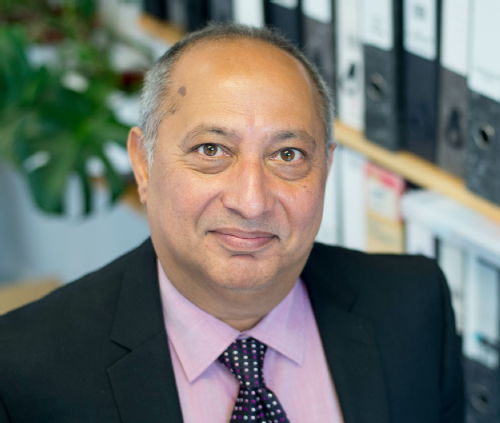Improvement needed in mental health services for children & adolescents across Europe
• New research calls for better planning, monitoring and delivery
A study of child and adolescent mental health care has found provision needs to be improved across the whole of the EU.
Research led by Professor Swaran Singh of Warwick Medical School at the University of Warwick found substantial improvements were needed across the board from planning to monitoring, and delivery.
The study Architecture and functioning of child and adolescent mental health services: a 28-country survey in Europe has been published today (5 June) in The Lancet Psychiatry. Professor Singh’s fellow lead authors are Giulia Signorini MSc and Giovanni de Girolamo MD of the Psychiatric Epidemiology and Evaluation Unit, Saint John of God Clinical Research Center, Brescia.
Professor Singh said: “In all 28 countries we found that resource allocation wasn’t evenly spread to effectively deal with need. “Our survey provides important information for the evaluation and planning of child and adolescent mental health services (CAMHS) in Europe. “It highlights areas of concern: poor service planning and the paucity of standardised outcome assessments for service provision or performance, scarce or variable involvement of service users and their families, and the scarcity of interdisciplinary CAMHS and adult mental health services.”
The team of academics examined characteristics of national child and adolescent mental services across the EU, including legal aspects of adolescent care. Using an online survey completed by child psychiatrists and national child psychiatry associations in each country they obtained data on issues such as availability of services; inpatient beds; clinicians and organisations; and delivery of specific services and treatments.
The study highlighted that the number of public services varies considerably across the EU, from just two each in Malta and Luxembourg to 939 in the UK. The number of public CAMHS relative to the target population ranged from 12·9 per 100 000 young people in Finland to 0·5 per 100 000 young people in Bulgaria. On average young people constitute a fifth of the general population of Europe.
In several countries, specific subgroups of children and adolescents had poor access to specialised mental health services dedicated to them. For example, of 27 countries, only ten (37%) provided access to refugees, seven (26%) to orphans or victims of natural or man-made disasters, six (22%) to seriously emotionally disturbed children, four (15%) to minority groups, three (11%) to runaway or homeless children, and two (7%) to indigenous people. Nine (33%) of 27 countries had no special services designed to meet the specific needs of these subgroups, and only seven (26%) of 27 countries indicated having highly specialised services for fostered children, children who have offended and been charged with crimes, disabled children, children with autism, or children who misuse substances.
Professor Singh added: “Clearer national policies are needed for service delivery and structure and for standardised tools to assess the delivery, take up, and effectiveness of treatment. Young people’s needs should be central to service provision, which requires improved understanding of their treatment experiences and satisfaction with services. Professional training should be revised to bridge the gap between professional and service-related cultures.”
The study is part of the five year MILESTONE project which aims to improve transitions for young people from CAMHS to adult mental health services across Europe.
12 June
Architecture and functioning of child and adolescent mental health services: a 28-country survey in Europe published in The Lancet Psychiatry
For further details please contact Nicola Jones, Media Relations Manager, University of Warwick 07920531221 or N.Jones.1@warwick.ac.uk
